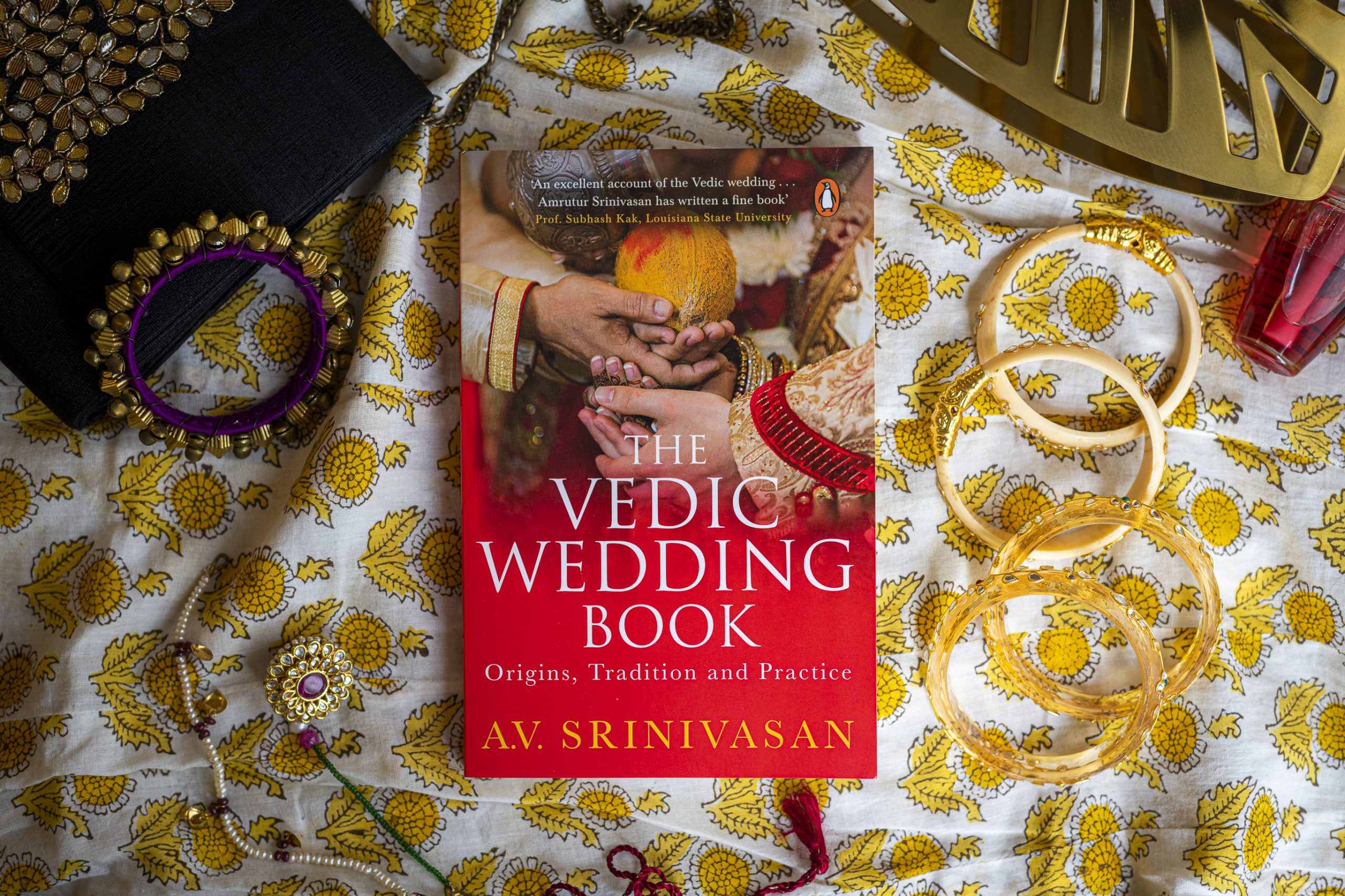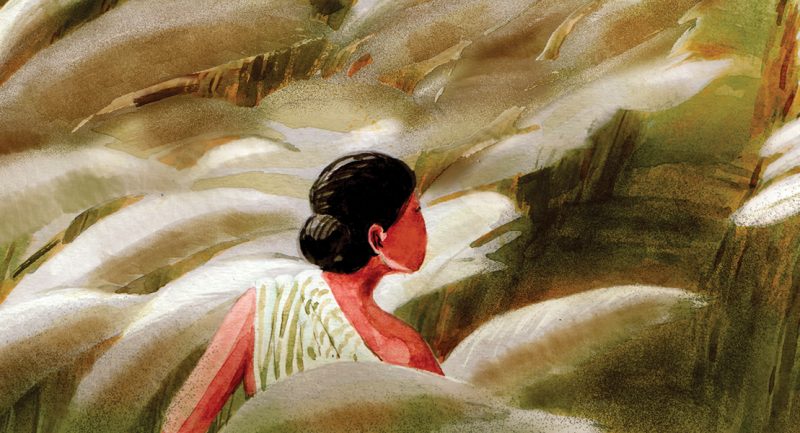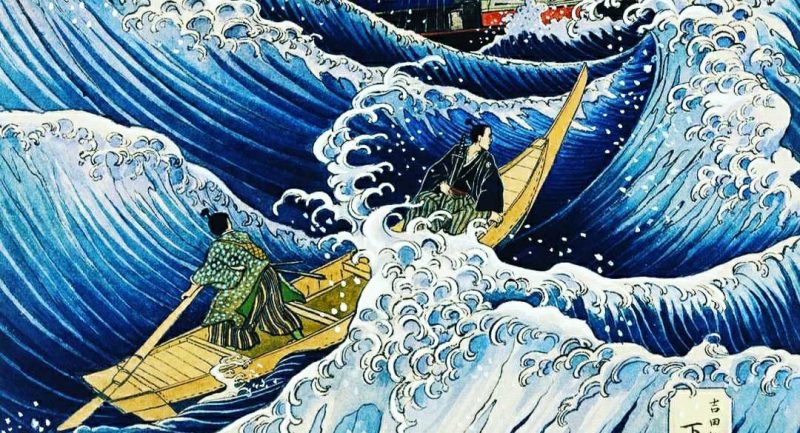
The Vedic Wedding Book by A.V. Srinivasan digs into the roots of the Hindu wedding ceremony. Mapping the rituals and the traditions from the Rig Vedic times to the present, the author puts forth his exceptional knowledge as a Hindu priest and a scholar. Explaining the origins, variations and significance of each ritual and tradition in a Hindu wedding, the book will make you appreciate the rich Indian wedding culture.
Here we tell you a few wedding rituals which you might have not known about:
In the olden times in India, families used maintain their allegiance to one of the four Vedas. The mantras chanted at a wedding ceremony would depend on the Vedic tradition that was followed by the particular family. Therefore, the meaning of the rituals in these ceremonies also resulted in being different.
During the ancient era, a ritual of worshipping a cow was performed before the wedding. Although this ritual is not followed in modern times, there have been variants of this ritual which are performed in today’s wedding ceremonies when ghee is used as an oblation to be put in a holy fire.
While a wedding ceremony used to be carried out, the bridegroom would show were made the polar star, also known as Dhruva, to the bride, in the night sky, symbolising stability in the marital life of the bride. In recent times, this ritual is not followed literally owing to many factors however it is still performed symbolically in some families.
In some traditions, the ritual of saptapadi is performed where the bride and the bridegroom are made to tale seven steps together. Some variations of this ritual require the bridegroom to hold the right toe of the bride with his right hand, in order to help her take each step. It signifies that Mahavishnu is blessing the bride with the fulfilment of each wish that the bride and groom pray for on each step.
Accessible and engaging, The Vedic Wedding Book presents rich insights into the nuances of India’s wedding culture and its true significance.









